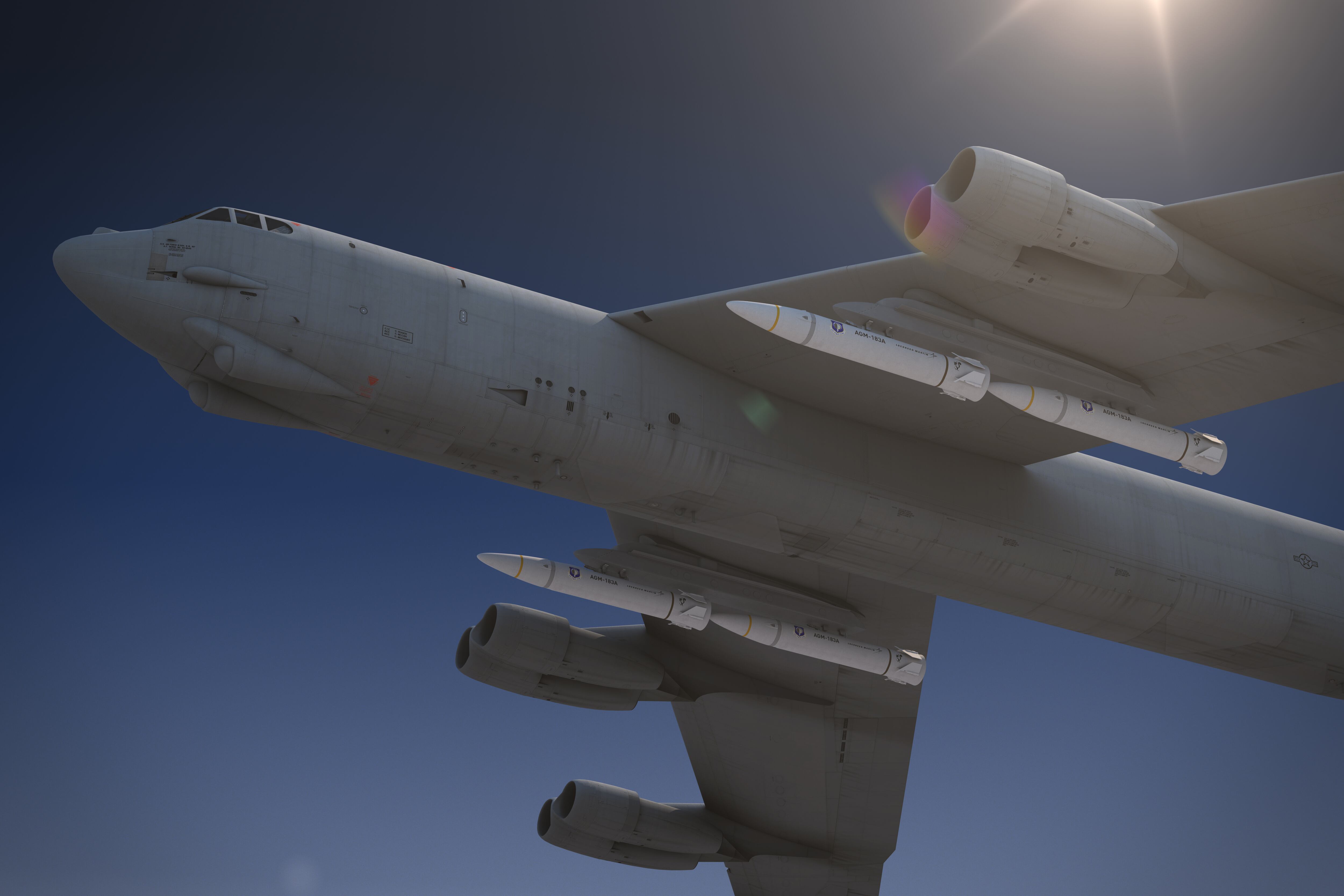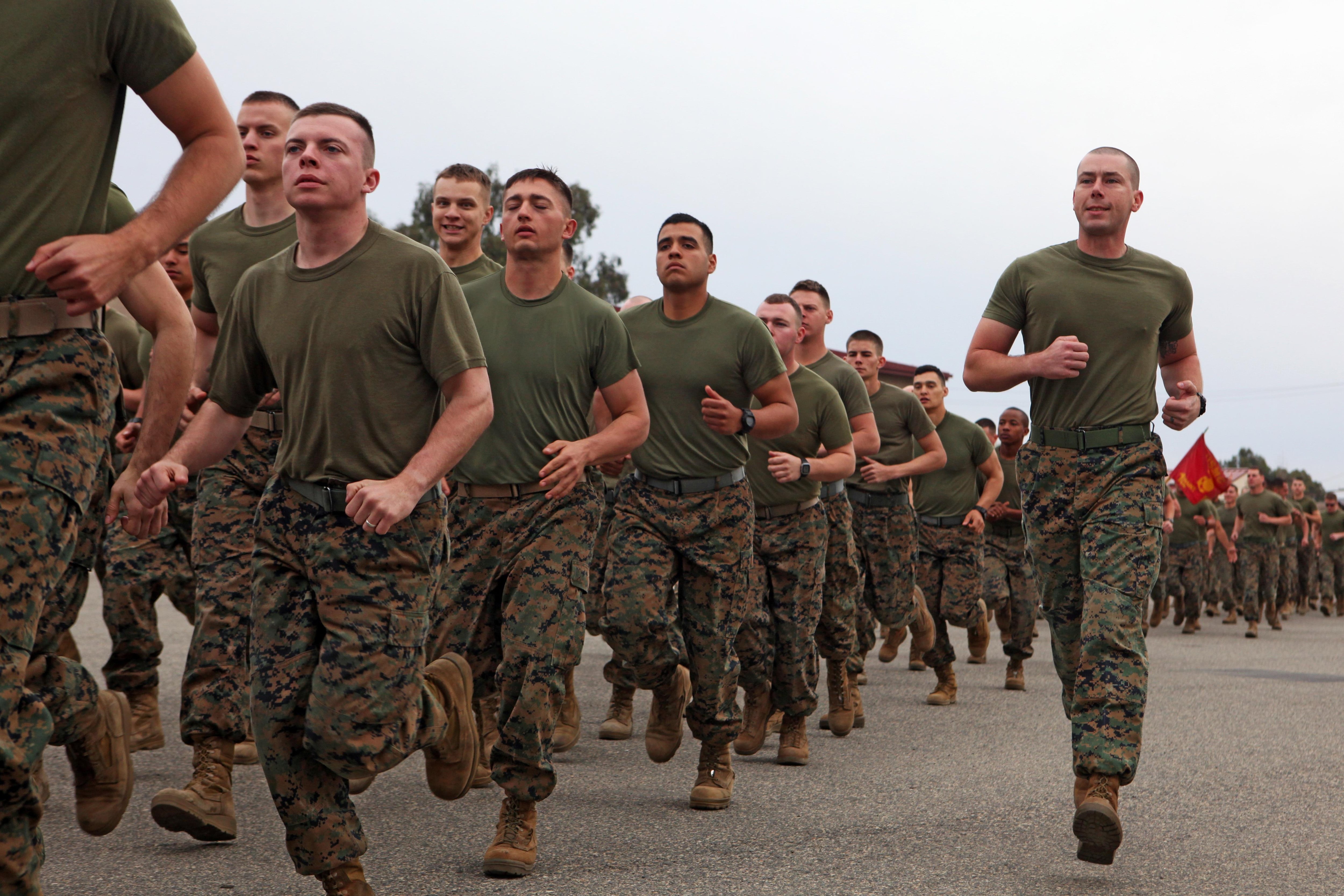DAYTON, Ohio — The U.S. Air Force expects to fly its hypersonic Air-launched Rapid Response Weapon at least once more this year, following a pair of successful tests.
ARRW flew twice in the last four months, first in May and then again in July. The more recent event completed the booster test phase and positioned the weapon to enter all-up-round, or full-system, testing.
The successes follow a string of three failures in 2021, which drew criticism from lawmakers, who cut $161 million from the effort in fiscal 2022.
Gen. Duke Richardson, the head of Air Force Materiel Command, told reporters the upcoming test will be “a big one” for ARRW.
Hypersonic systems can travel at speeds beyond Mach 5 and maneuver in flight, which makes them harder to track and target. The U.S. has prioritized hypersonic weapons development in recent years, largely in response to the progress Russia and China have made in demonstrating the technology.
Speaking with reporters Aug. 10 at Air Force Materiel Command’s Life Cycle Industry Days event in Dayton, Ohio, Richardson said he’s pleased with the service’s progress on the weapon, while characterizing the early failures as “burps.”
Acknowledging that test failures are often accompanied by programmatic delays and time-consuming reviews, he said the service learns a lot from its missteps, and he thinks Congress is starting to see the value of those lessons as well.
“There is more of an appetite now for test failure. It’s part of the process,” he said. “What we need to do is figure out ... how do we get through failure faster. Because we’re going to fail.”
What’s next for ARRW testing?
Lockheed Martin, the world’s largest defense company, according to the recently published Defense News Top 100 list, is the prime contractor for ARRW. Brian Schappacher, the company’s deputy program manager for the effort, said the next phase of testing is structured to be more difficult than the booster test series.
“We’re still going to focus on booster, of course, but we’re going to shift some additional focus on to the glider performance,” he said during an Aug. 13 podcast hosted by the Mitchell Institute.

The Air Force wants ARRW to reach early operational capability in 2023, and Schappacher said meeting that target will be a challenge.
“We have more missiles to build and more flight tests to get through and complete than we’ve had at any other time in this program, with the goal of reaching early operational capability in 2023,” he said. “There’s just a lot going on. It’s an extremely aggressive schedule. So, you know, that keeps me up at night, just making sure we can meet all of those commitments.”
‘Riding two horses’ in hypersonic development
The Air Force is pursuing two major hypersonic weapon programs: ARRW and the Hypersonic Attack Cruise Missile. The latter is an air-launched, boost-glide missile system that releases its payload once it reaches high speeds. That payload then separates from the rocket and “glides” to its target.
HACM is a smaller, less expensive cruise missile that relies on air-breathing propulsion. The service requested a total of $577 million for its hypersonic research and development efforts for FY23. Program competitors include Lockheed, Raytheon Technologies and Boeing. Breaking Defense reported in May the Air Force expects to award a contract this summer or this fall.
The Air Force hasn’t said how long it plans to continue to fund both programs, and Richardson said that by “riding two horses” in terms of hypersonic development, the service has set itself up for a dilemma should it need to select a single effort for future investment.
“I actually like them both,” he said. “We may have to get to this position where we have to choose one or the other. That remains to be seen. I’m not in a position to answer how that’s going to come out.”
Courtney Albon is C4ISRNET’s space and emerging technology reporter. She has covered the U.S. military since 2012, with a focus on the Air Force and Space Force. She has reported on some of the Defense Department’s most significant acquisition, budget and policy challenges.





